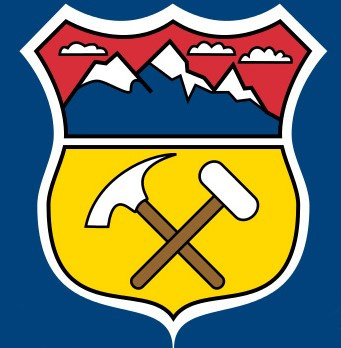
Dr. Alice L. Goetz (née Littlejohn) was a lecturer on the subject of sexually transmitted infections, then known as venereal diseases, from the late 1910s into the 1920s. She joined the Bureau of Social Hygiene in 1920, which operated under the State Board of Health as a part of the broader American Social Hygiene Association (ASHA). Sadly, she died at the young age of 48 in 1929. She is buried in Maple Grove Cemetery in her home state of Ohio.

Report for December, 1921
The Bureau of Social Hygiene was started by John D. Rockefeller Jr. after he served on a grand jury investigation of “white slavery,” aka forced prostitution, in New York City and became proactive in addressing the social ills of the day. According to the Rockefeller Foundation, “from 1911 to 1934, the Bureau of Social Hygiene (BSH) funded research and sought to influence public policy on a number of issues related to sex, crime and delinquency.”

In 1920, the State Boards of Health reported that there were 326,117 cases of STIs, with 172,387 cases of gonorrhea and 142,869 cases of syphilis in the U.S.. In New York City in 1917, it was reported that there were more cases of syphilis than tuberculosis, with syphilis occurring at a rate of 3.5 cases per 1,000 people. The stigma associated with discussing VDs, let alone reporting them, meant that thousands more likely went un-diagnosed or treated.
If syphilis goes untreated, it could result in neurological problems, stroke, blindness, deafness, dementia, and a host of other problems. Untreated gonorrhea could lead to infertility in both men and women, infection that spreads to other parts of your body, and (today) an increased risk of HIV/AIDS.
The American Social Hygiene Association was “established to stop the venereal disease epidemic by educating the public about sexually transmitted infections, working to break down the social stigma attached to VD, and encouraging high moral standards.”

As the U.S. began enlisting and drafting 18-30 year old men into military service for WWI through the Selective Service Act of 1917, the ASHA was thinking of STIs. They contacted the War Department with a set of guidelines to help keep its soldiers sans syphilis and gonorrhea. They advised the U.S. military the following:
“While there is no single panacea for the venereal diseases, they can be kept in control by a fourfold campaign that embraces law enforcement, medical treatment, sex education, and wholesome reaction, – a program that is now often spoken of as the ‘American plan’”
A History and A Forecast (c.1919) by the American Social Hygiene Association
The War Department took the American Plan into action — focusing on the law enforcement part especially — by passing the following law prohibiting brothels:
The Secretary of War is hereby authorized, empowered, and directed during the present war to do everything by him deemed necessary to suppress and prevent the keeping or setting up of houses of ill fame, brothels, or bawdy houses within such distance as he may deem needful (~5 miles) of any military camp, station, fort…and any person, corporation, partnership or association receiving or permitting to be received for immoral purposes any person into any place, structure, or building used for the purpose of lewdness, assignation, or prostitution…be deemed guilty of a misdemeanor and be punished by a fine of not more than $1,000 or imprisonment for not more than twelve months, or both.
Federal Reporter, 1917
They also adopted a philosophy of NO, which was NO sex, NO alcohol, NO prostitutes, NO spreading diseases.

After the war was over, they brought the so-called American Plan back to the U.S., promoting “the cultivation of a healthier, more normal sex life among people generally, and conversely the elimination of prostitution, venereal diseases, and pathological sex conditions of whatever type.”
This largely amounted to a nationwide crackdown on brothels and other prostitution rings, but it also included the introduction of reform schools, industrial schools, and other institutions that aimed to set prostitutes on a different path now that their livelihood was gone.

Bureau of Social Hygiene, 1916
The following are excerpts from a Social Hygiene periodical from 1919:
Regarding law enforcement:
When the prostitute is convicted and punished for violating the criminal code, her male companion is given a similar sentence.
Regarding sex ed:
Sex education in institutions for formal instruction, namely high schools, normal schools, colleges and universities.
The efforts to direct the attention of parents to the vital importance of instructing children in matters of sex health and morals are being renewed and redoubled.
Regarding brothel studies:
From the studies made in a good house of detention it is found there is no single type of camp follower. There is the silly, run-away girl, who ought to be sent home; feeble-minded girls who need permanent custodial care; girls who can respond to strict probation; and nervous, under-nourished, over-sexed girls and women who need training in an institution.
